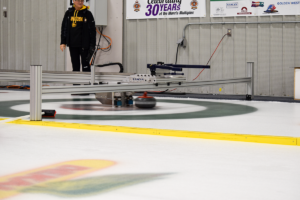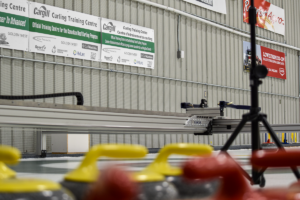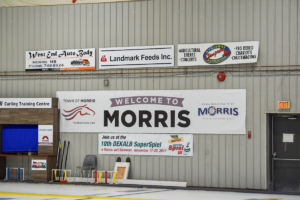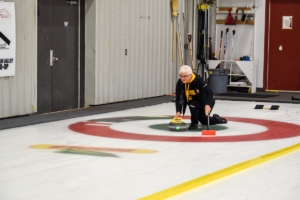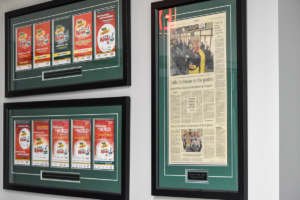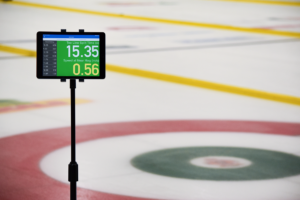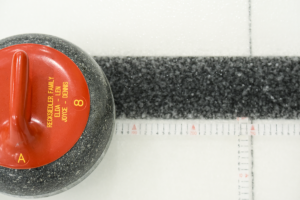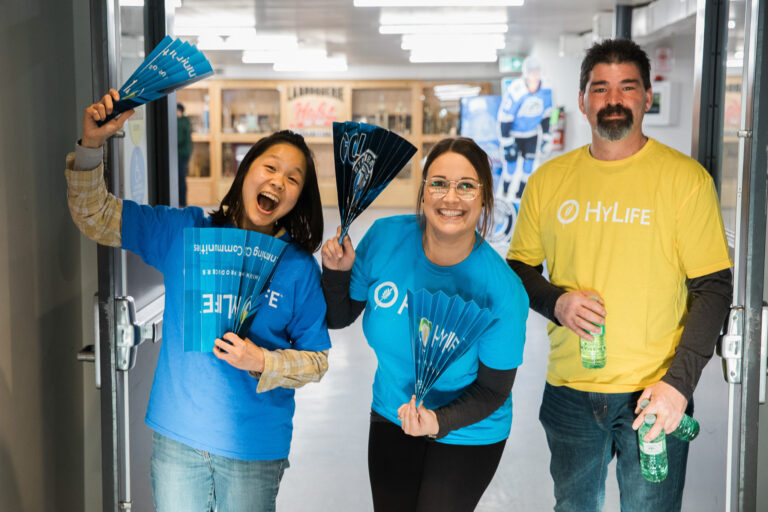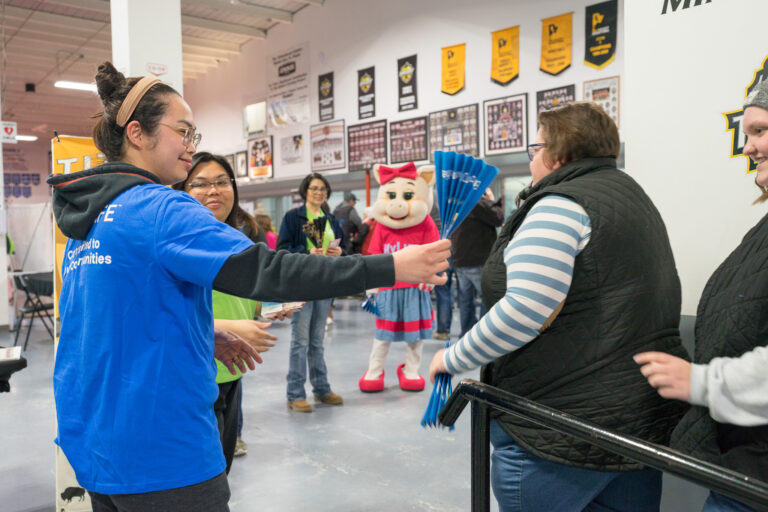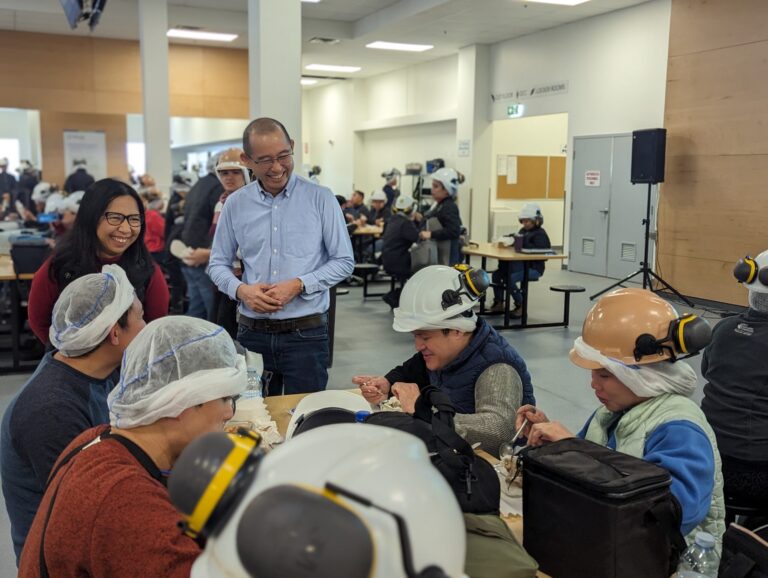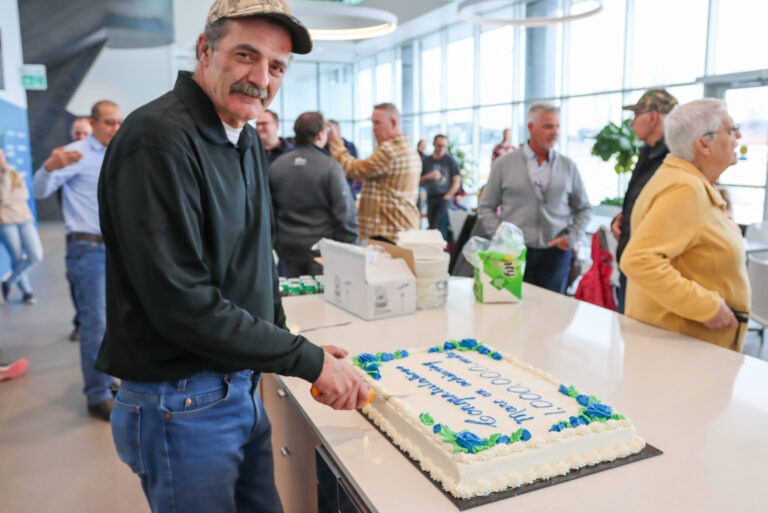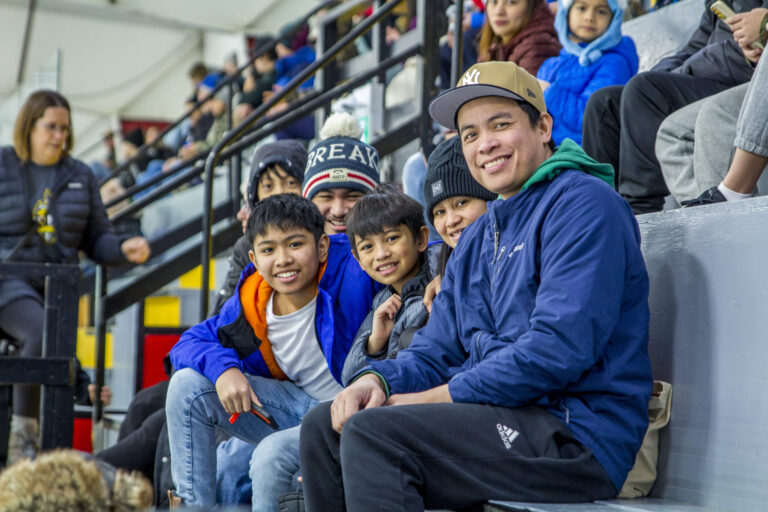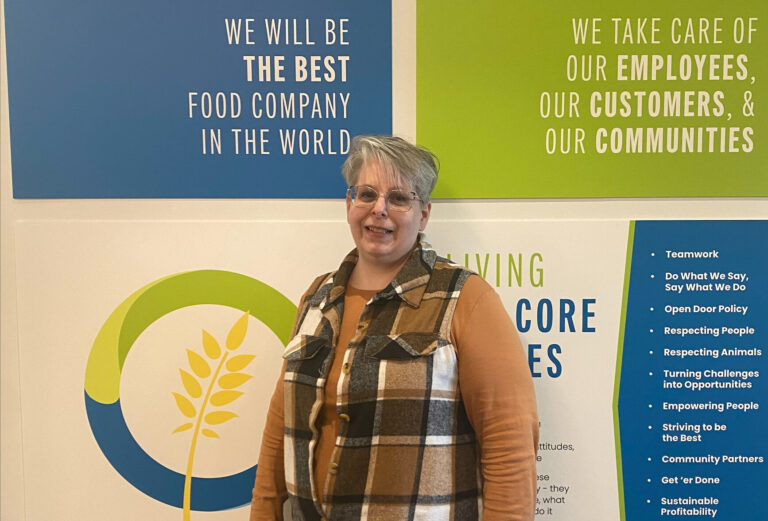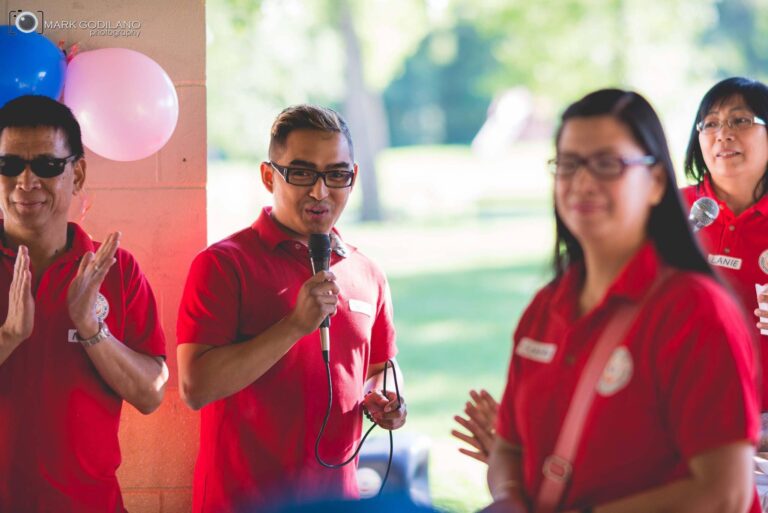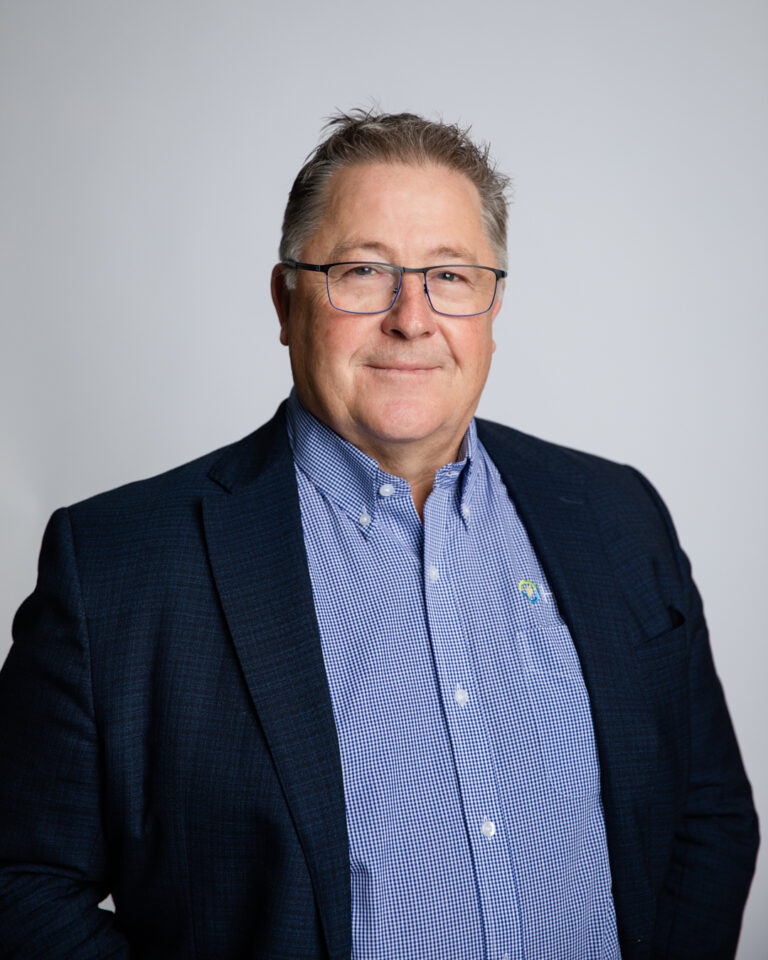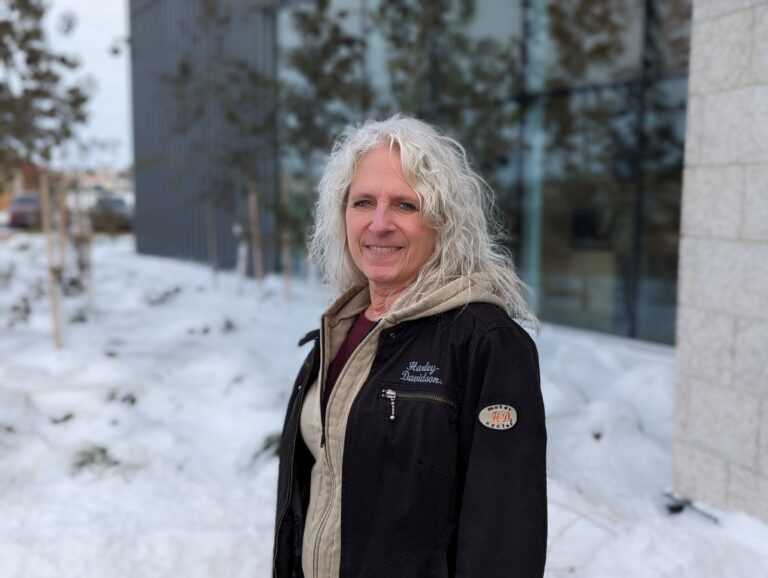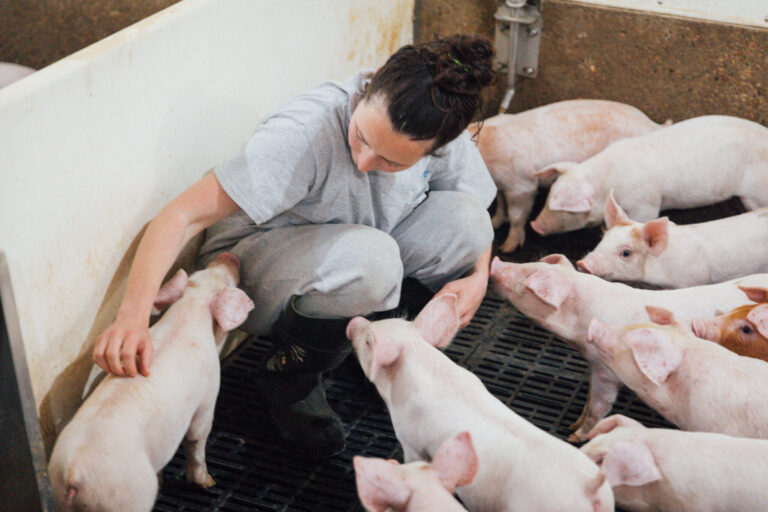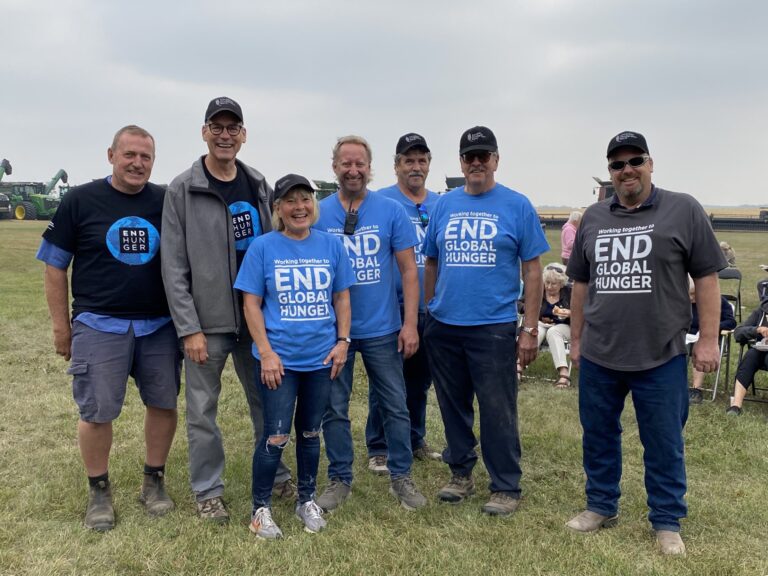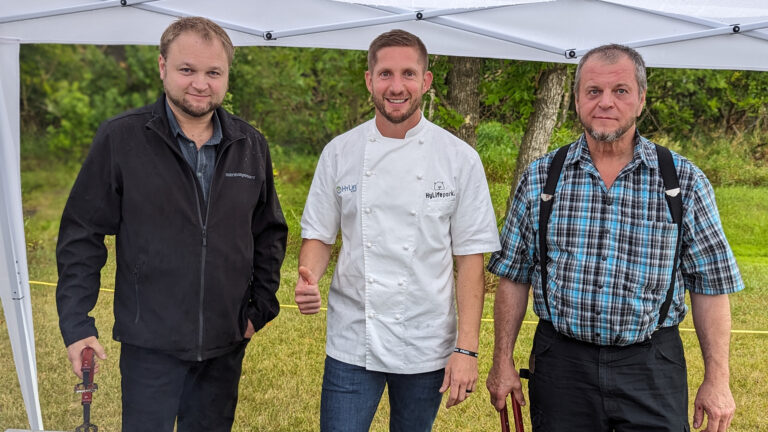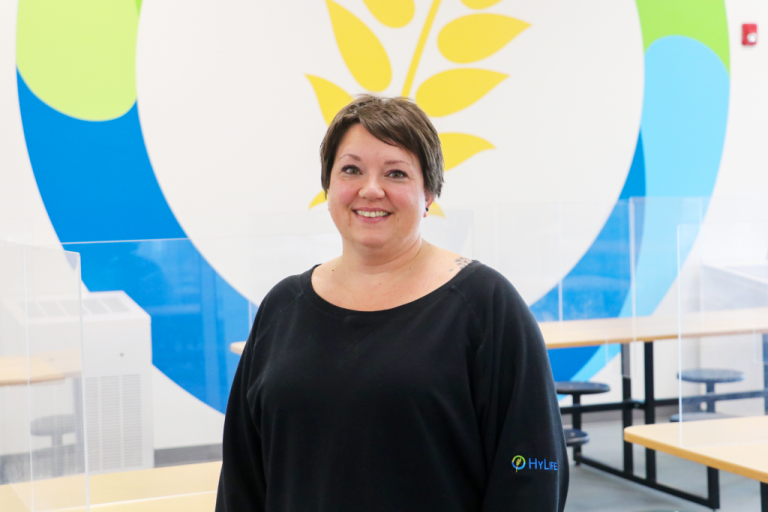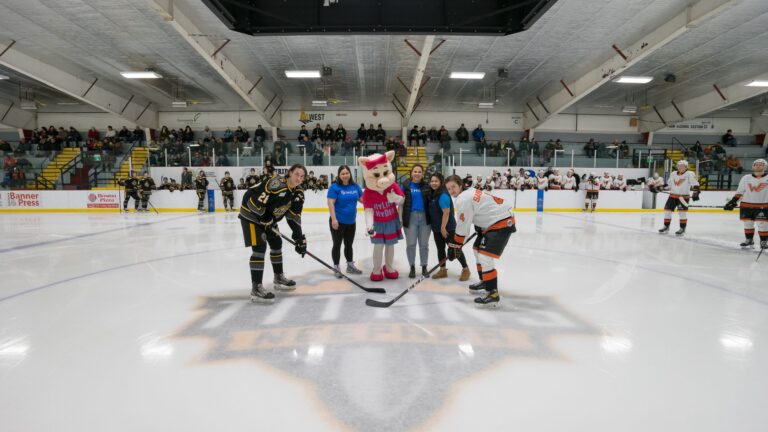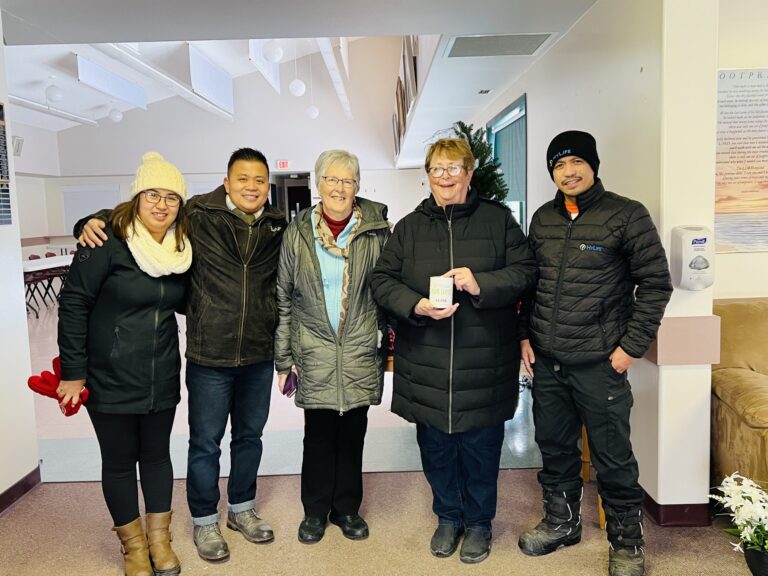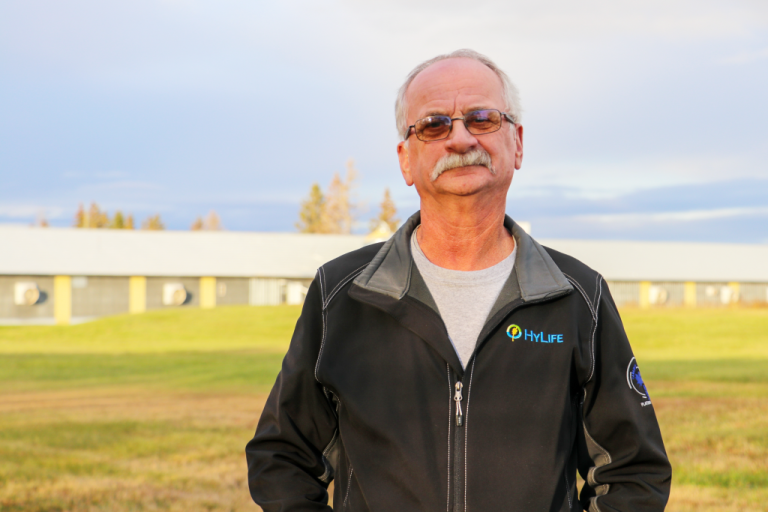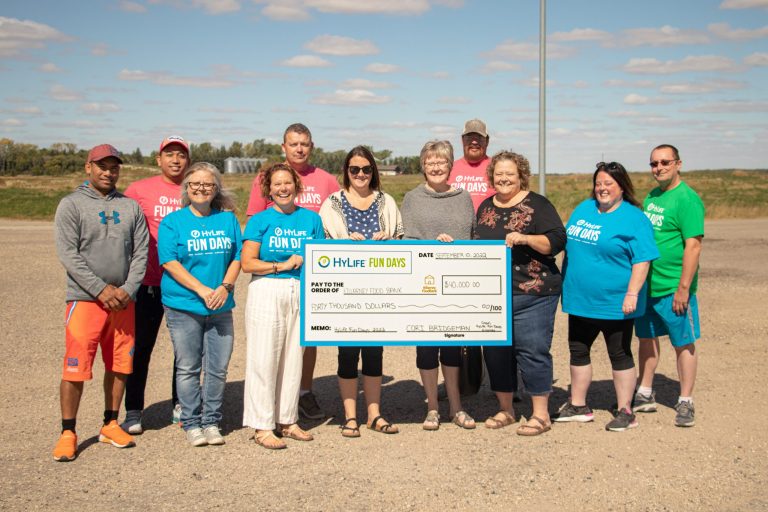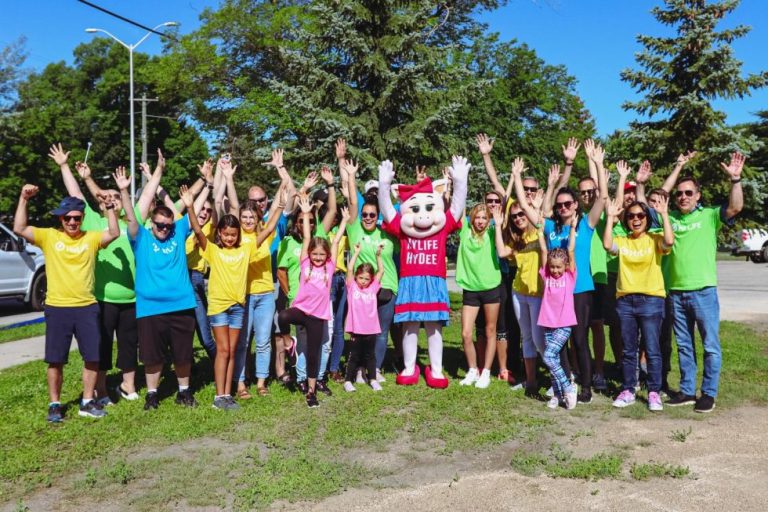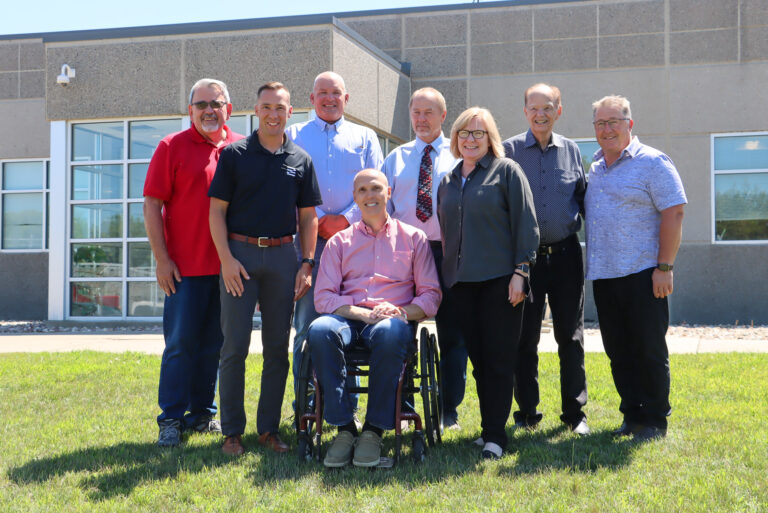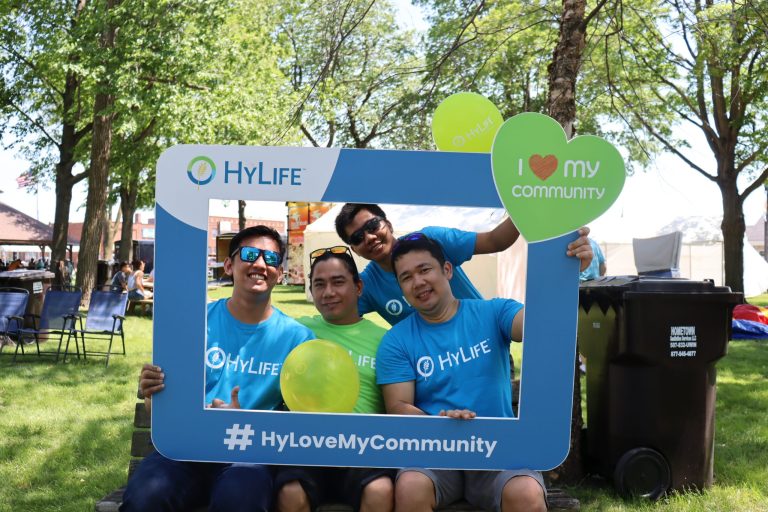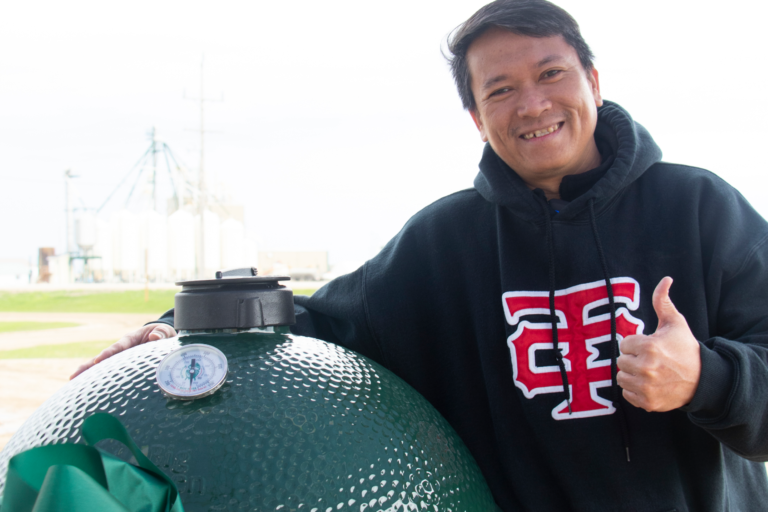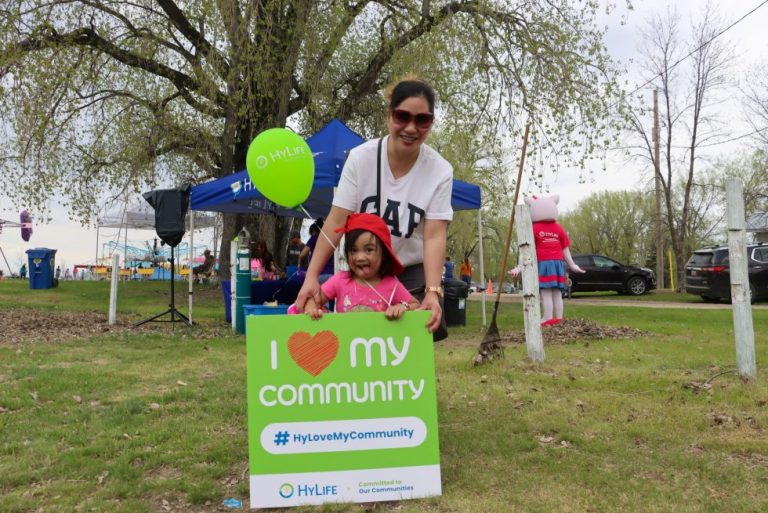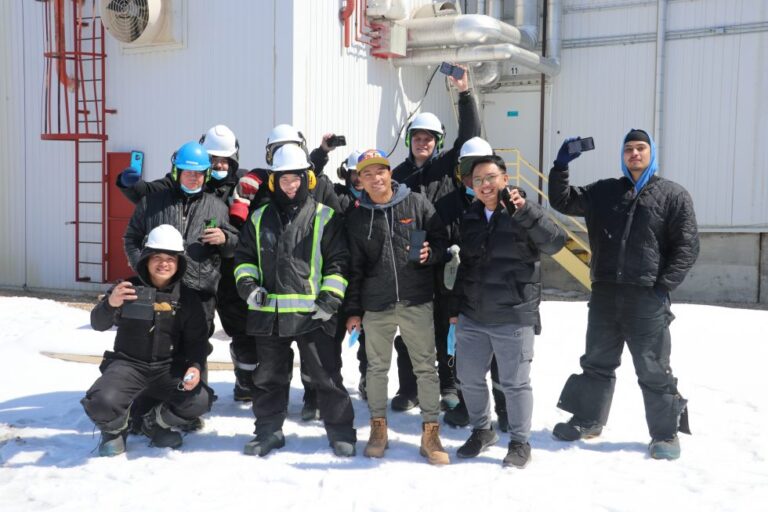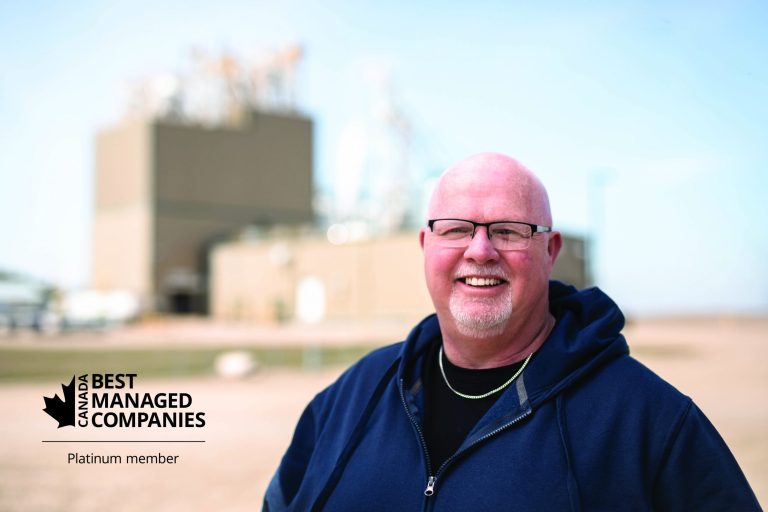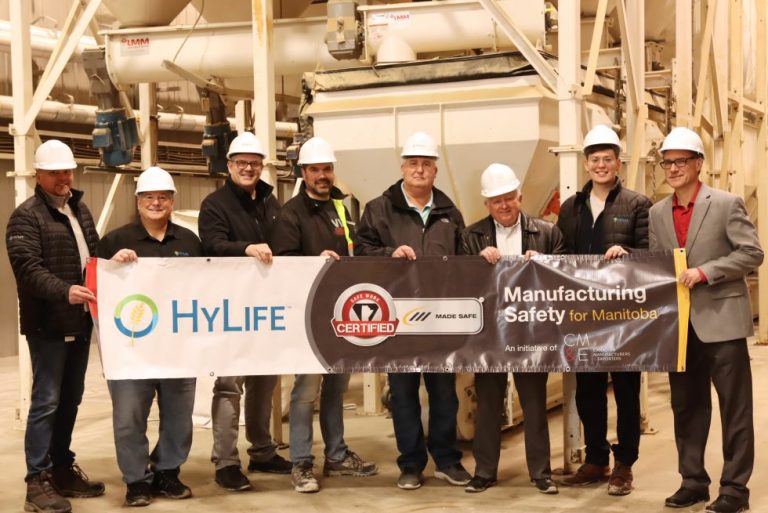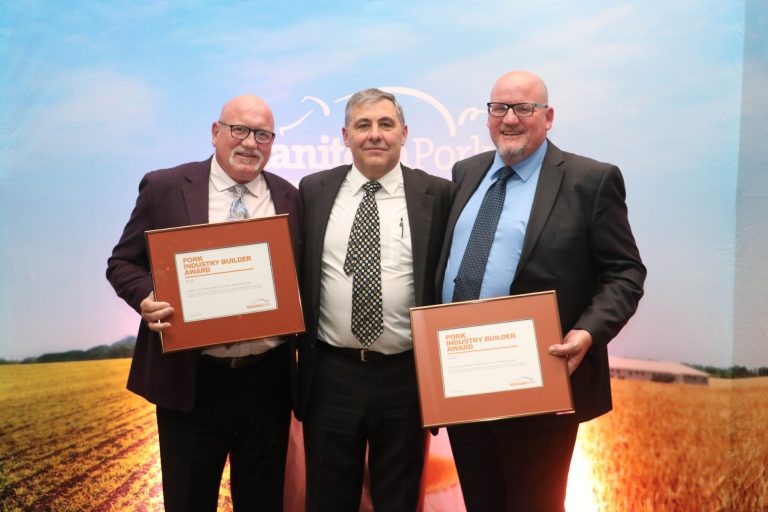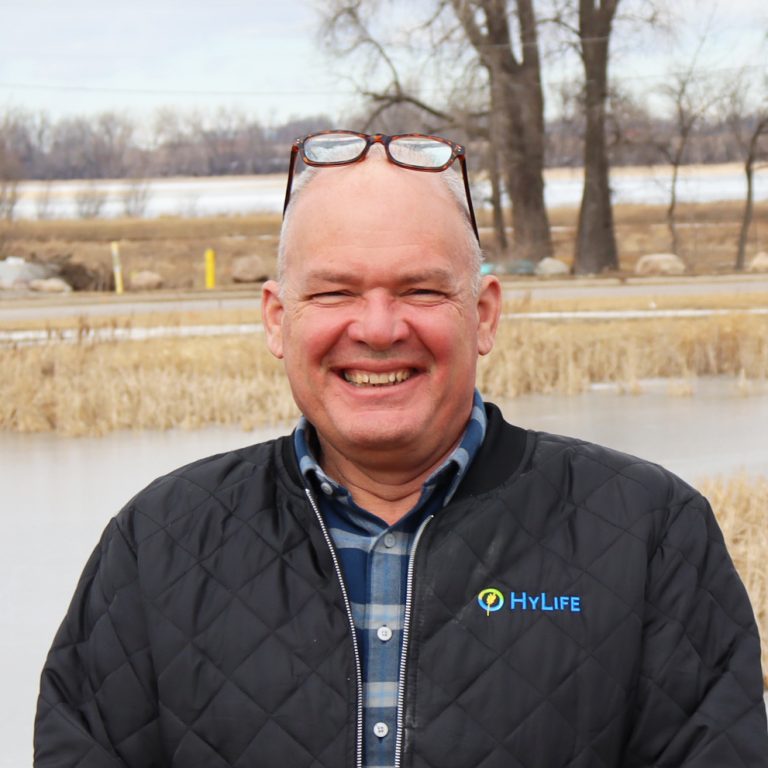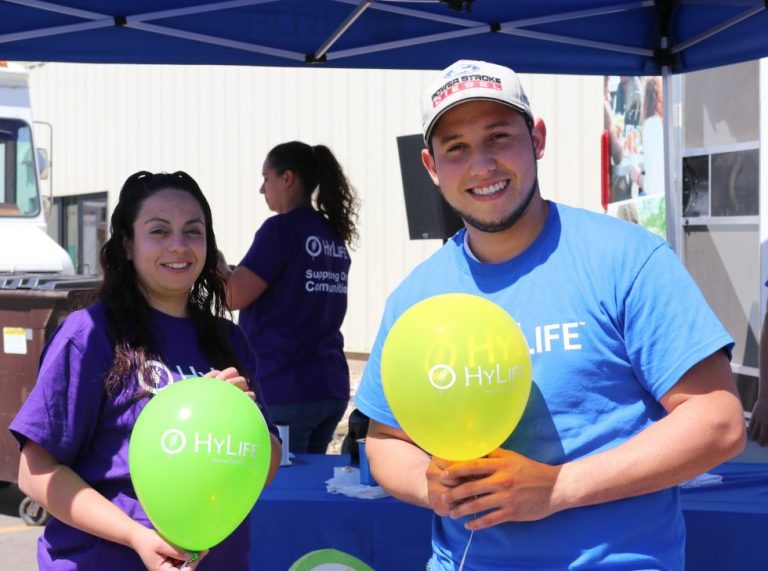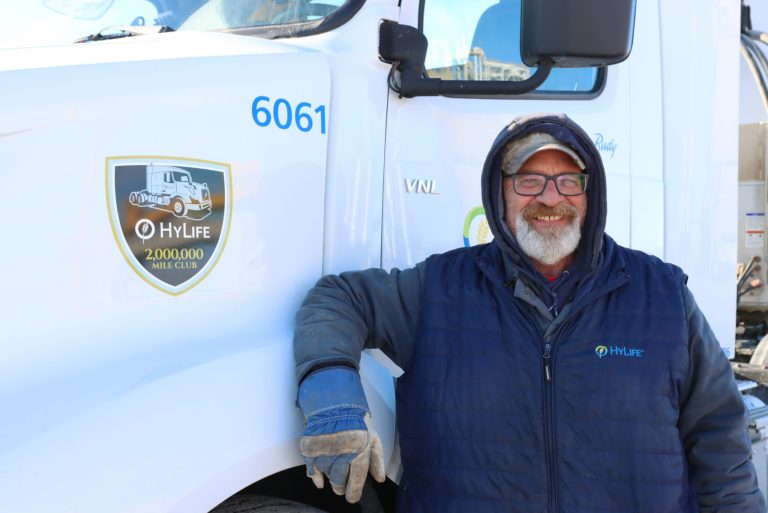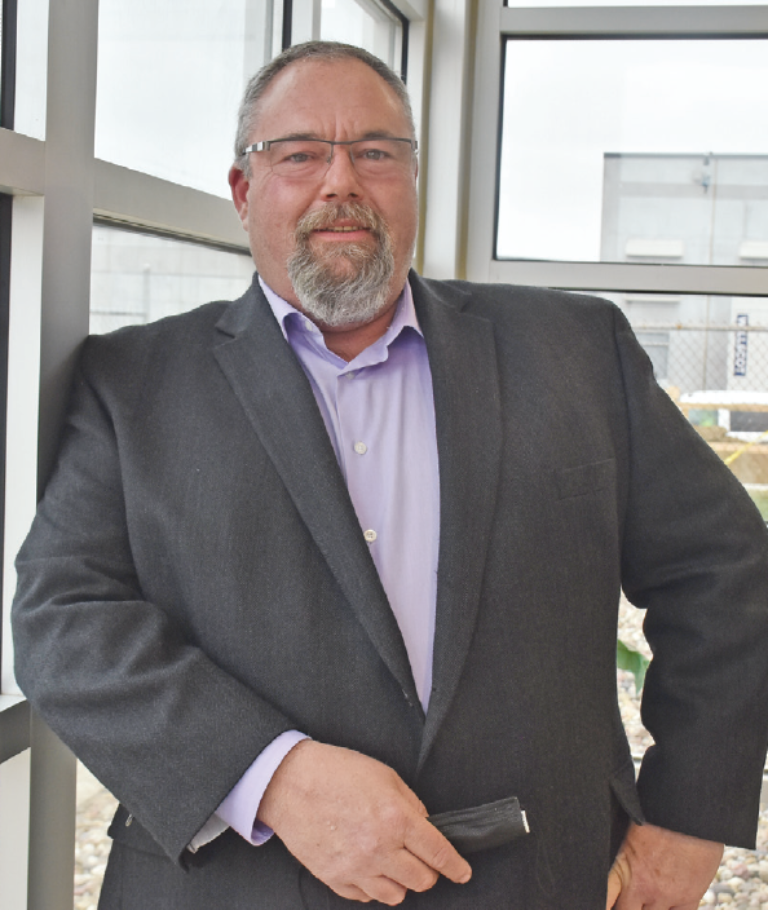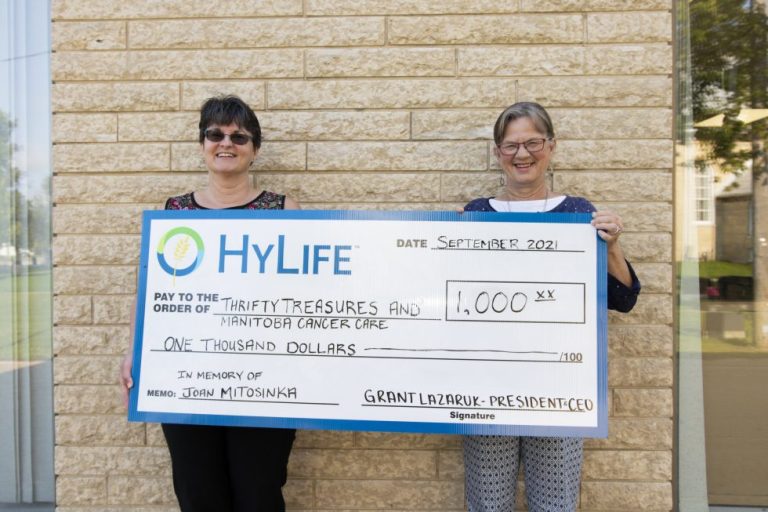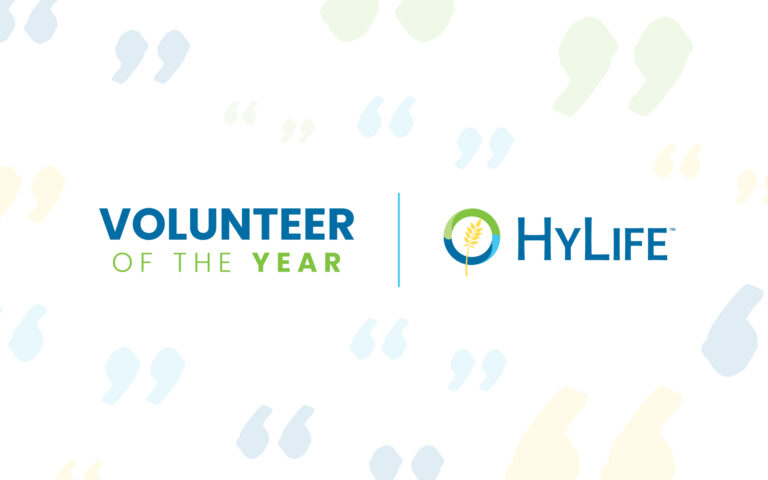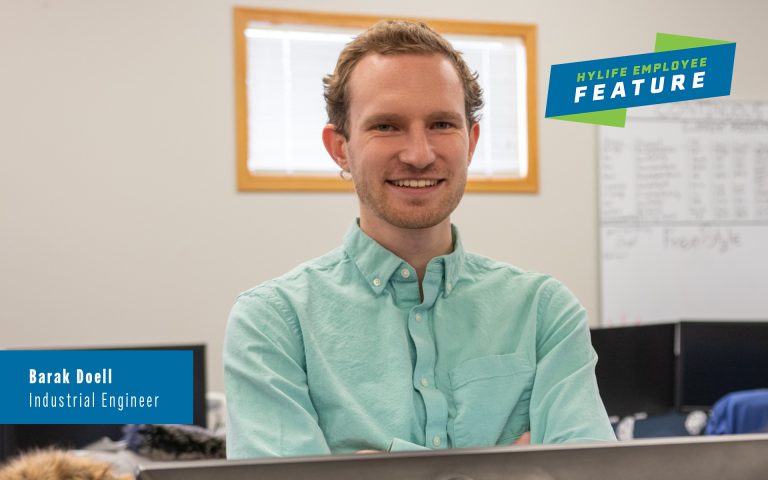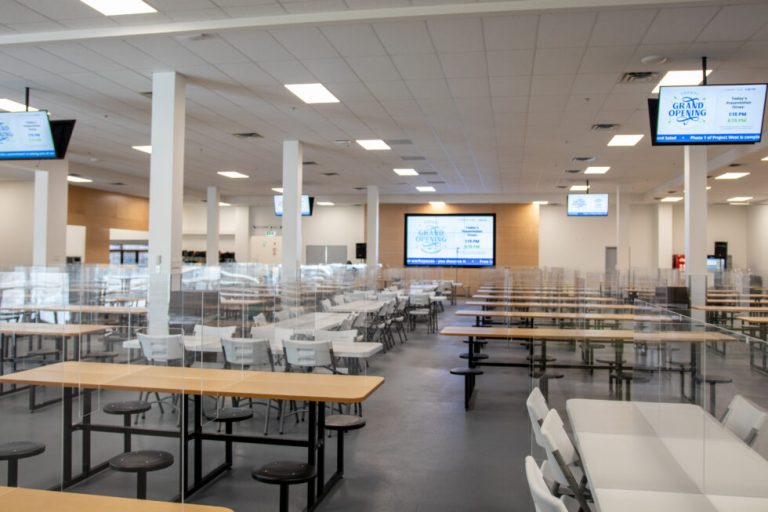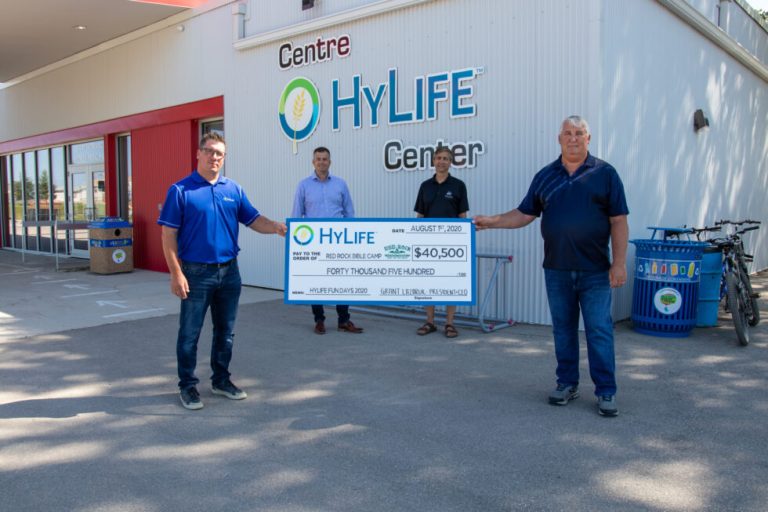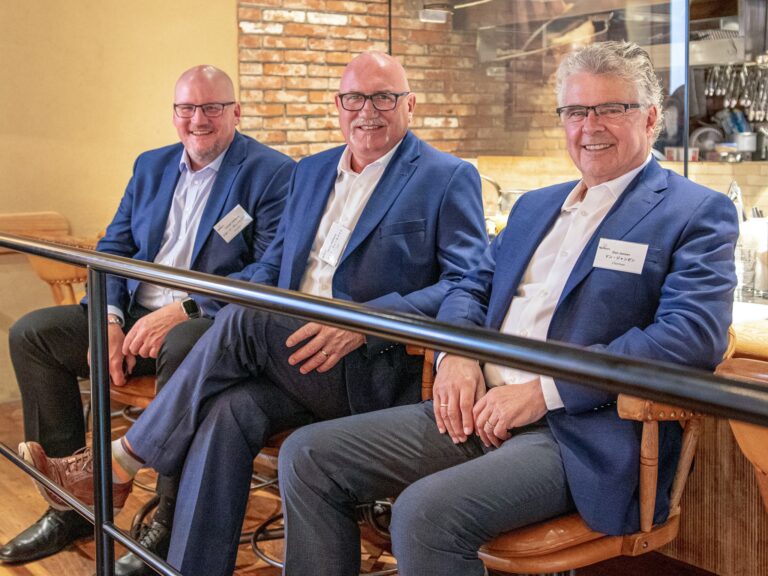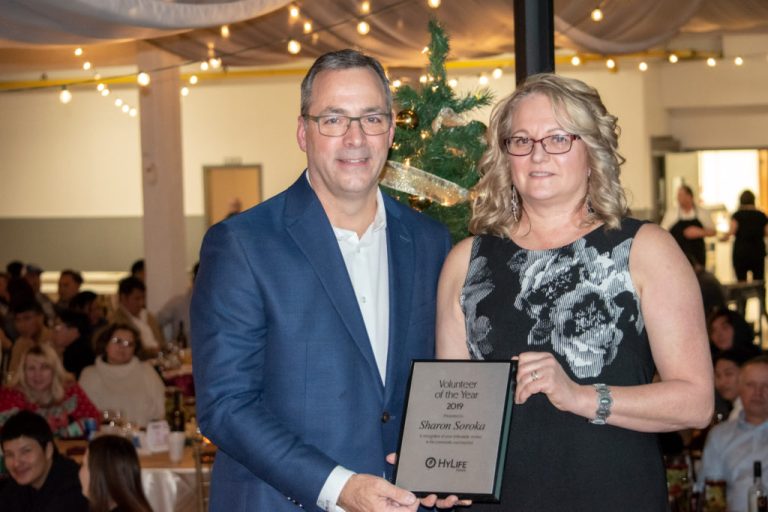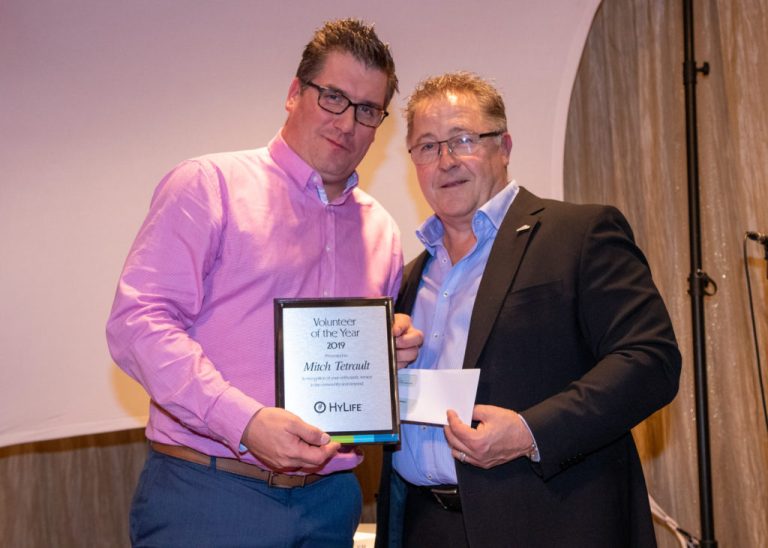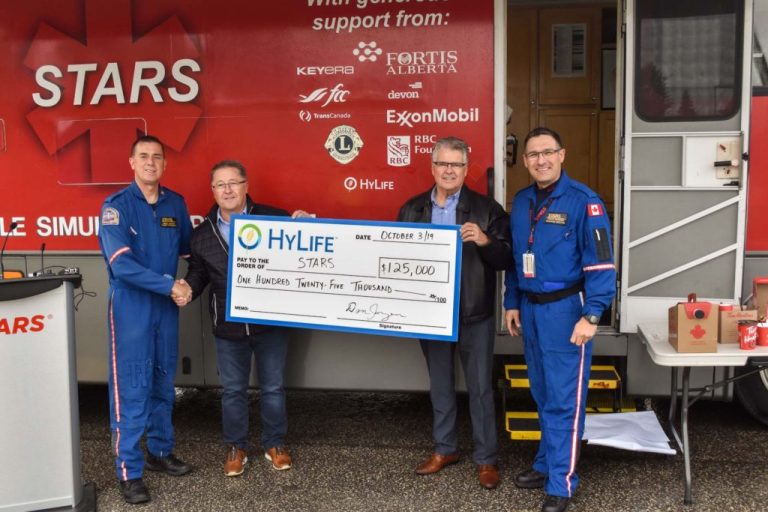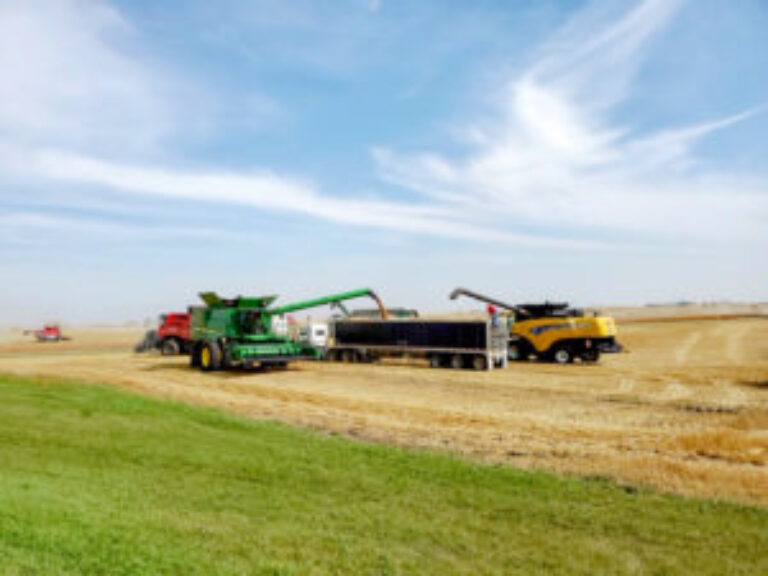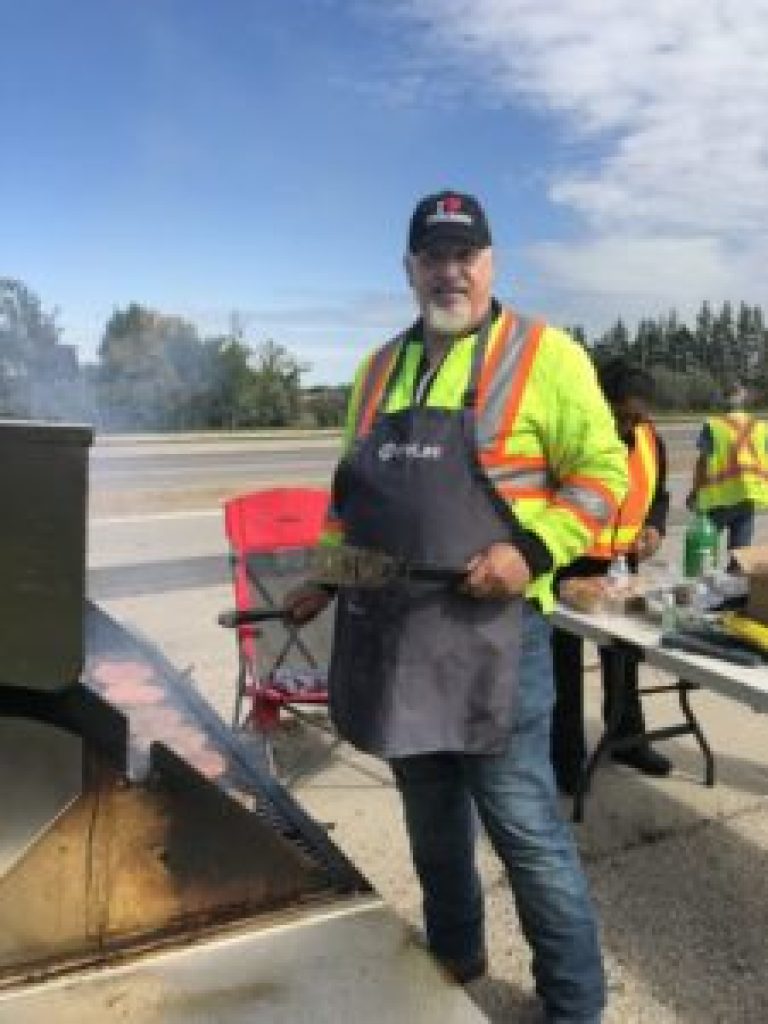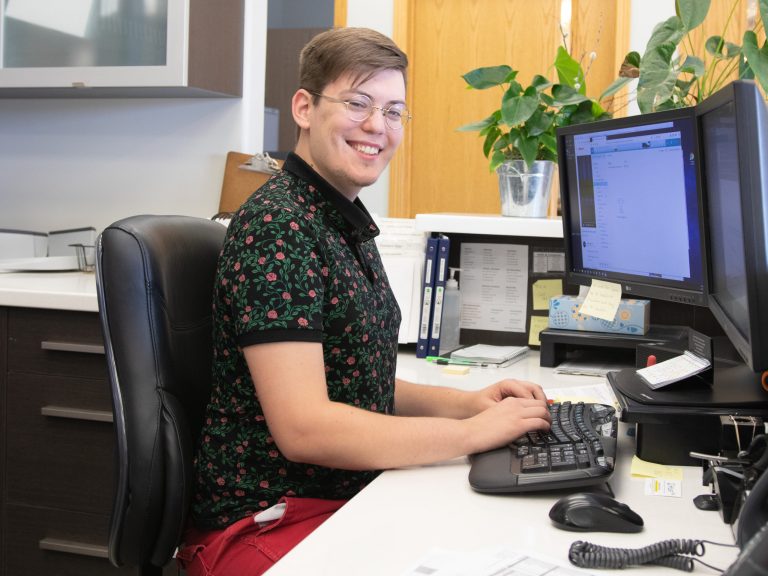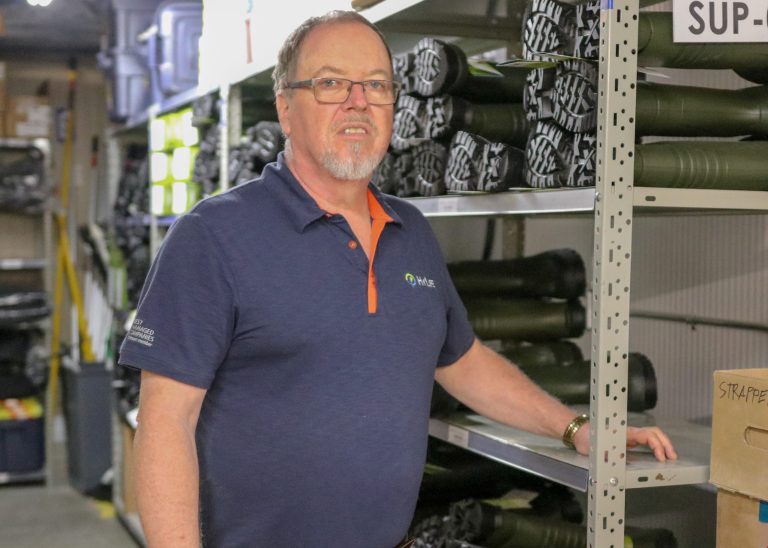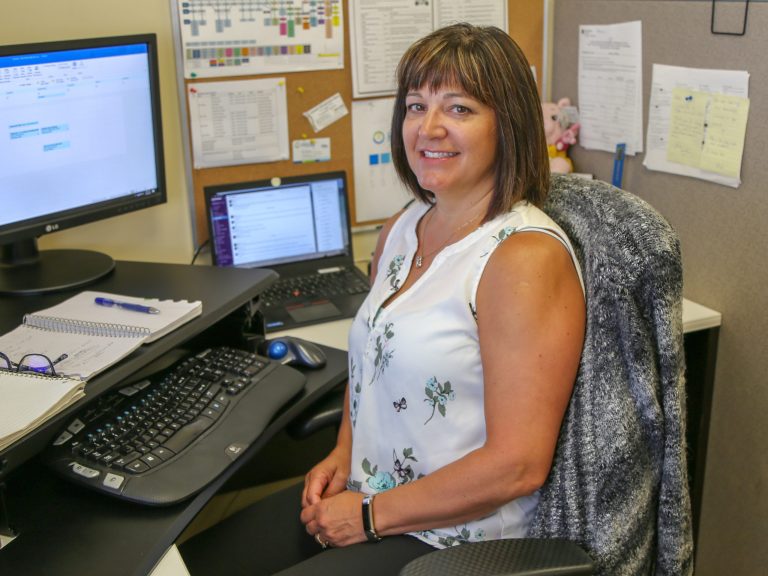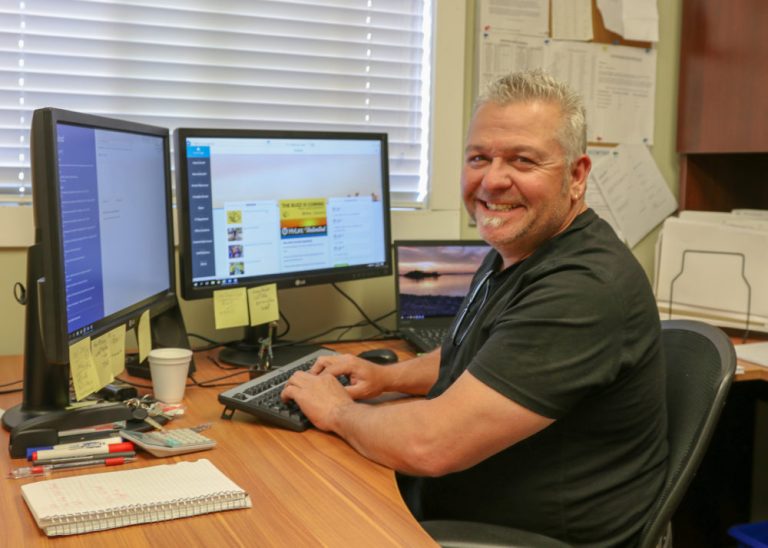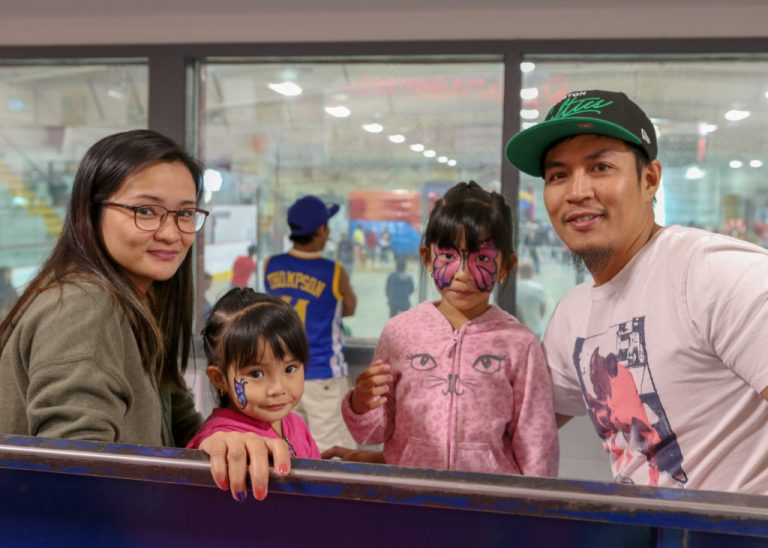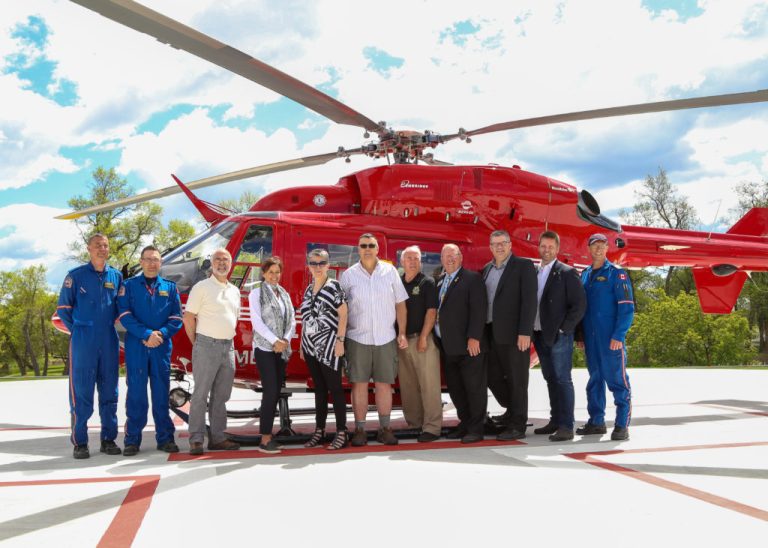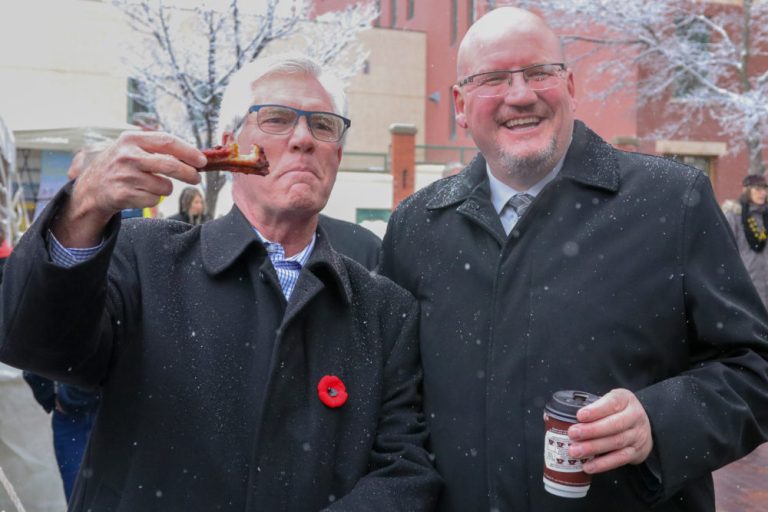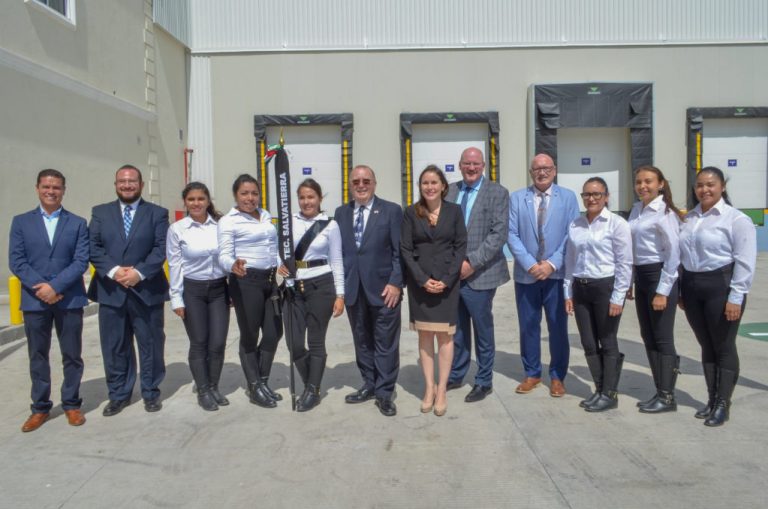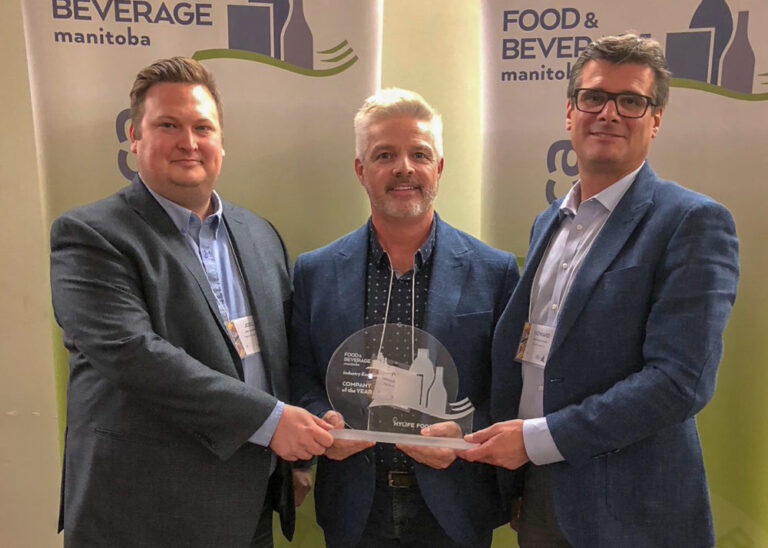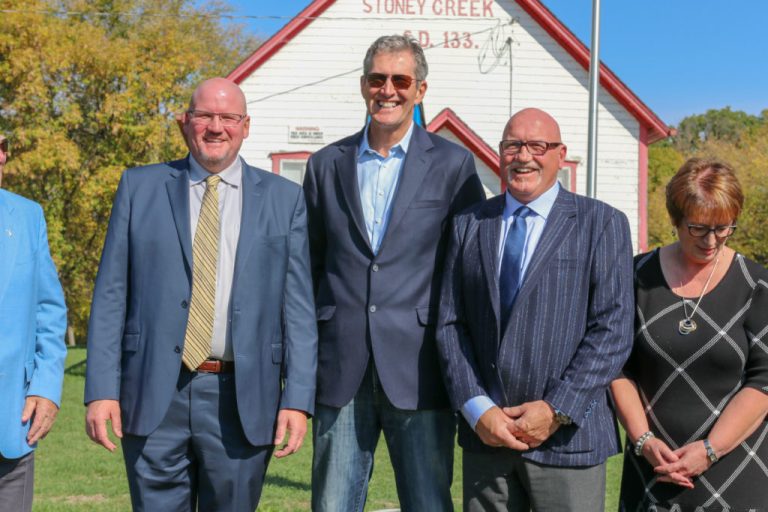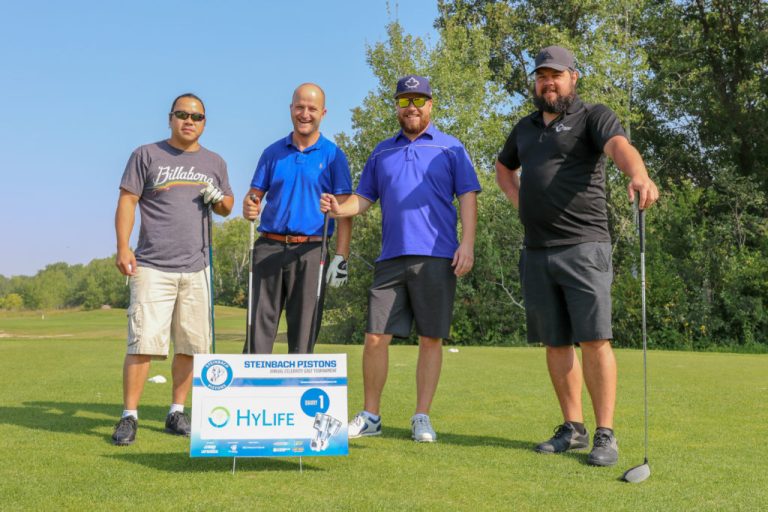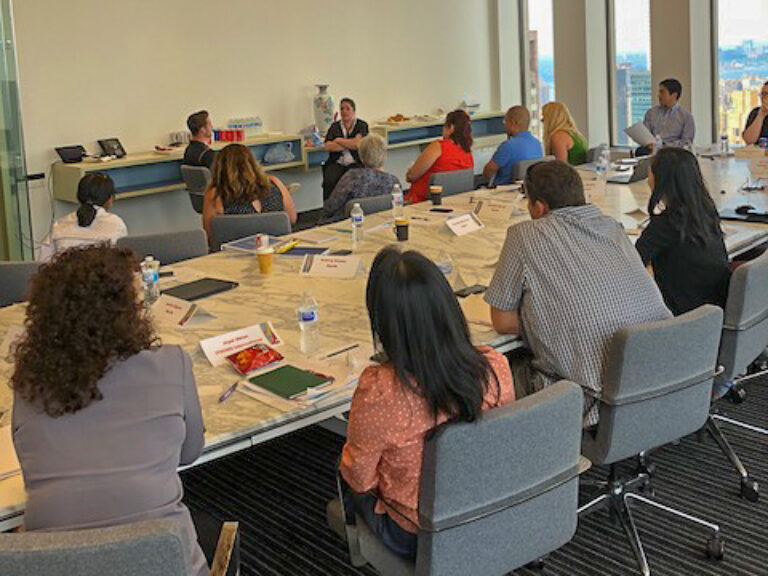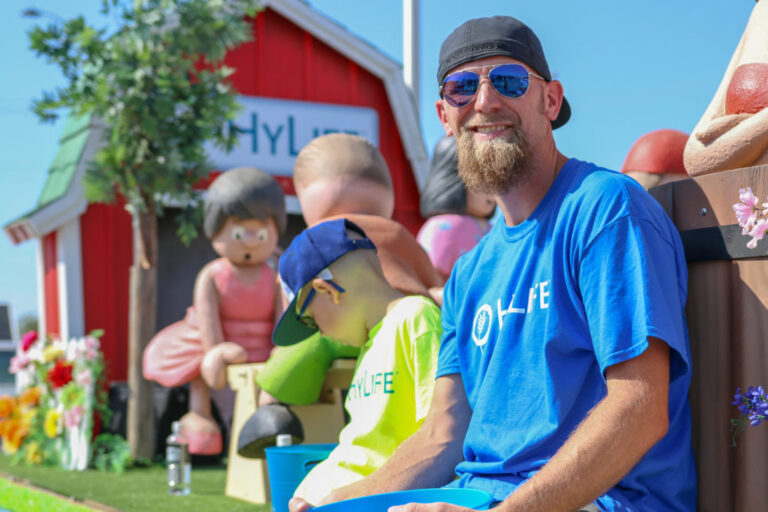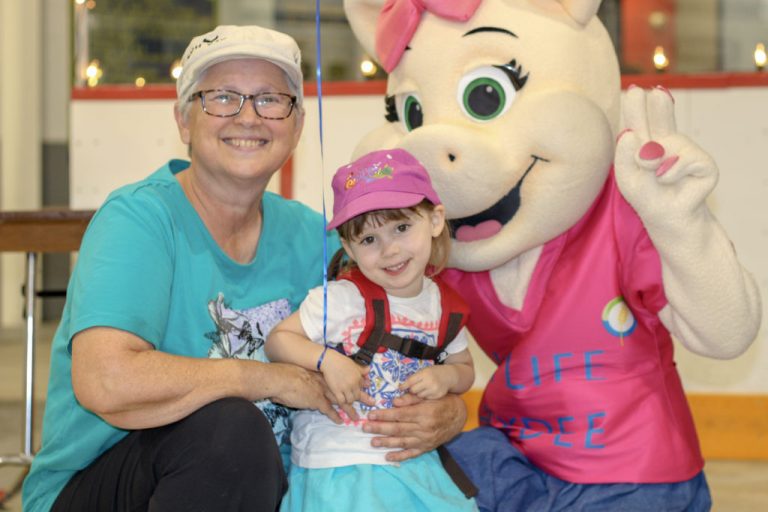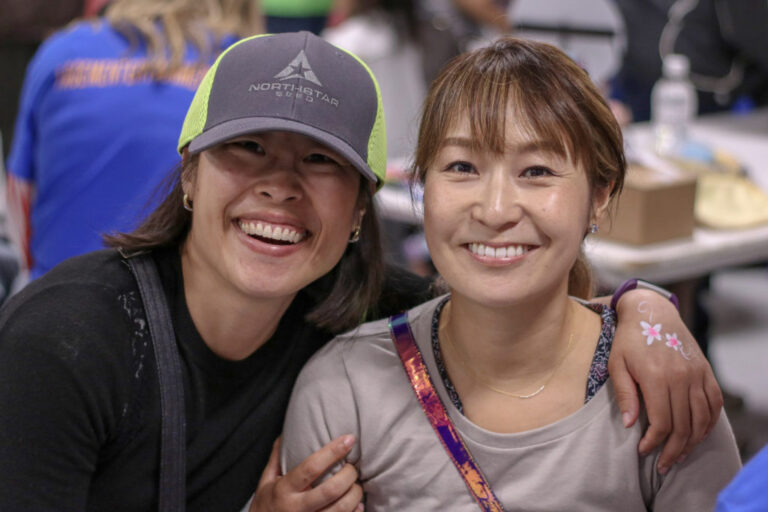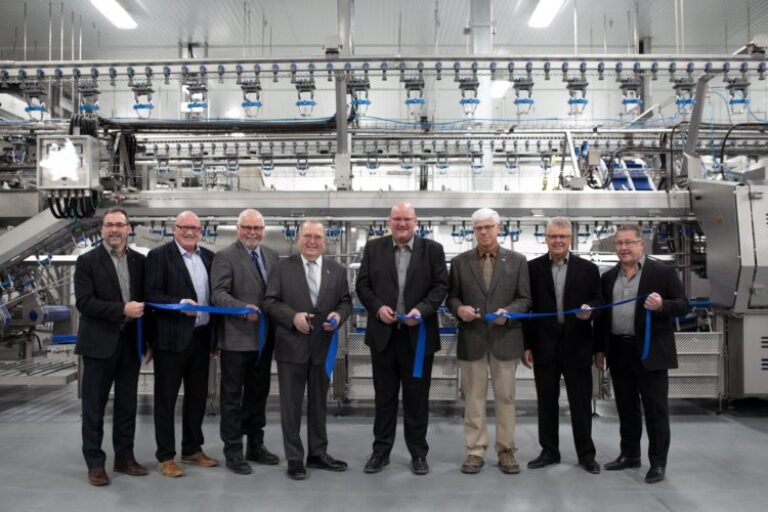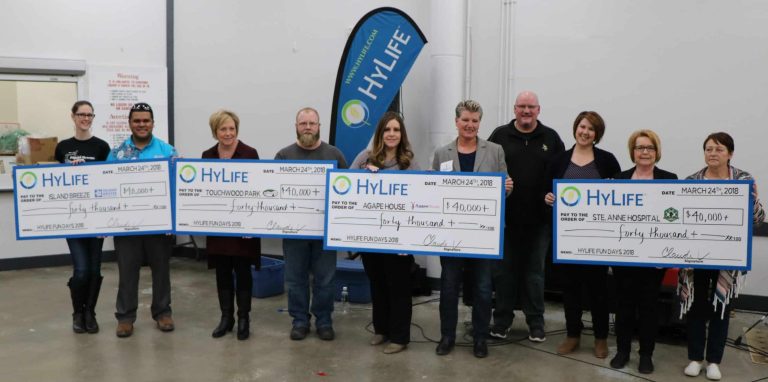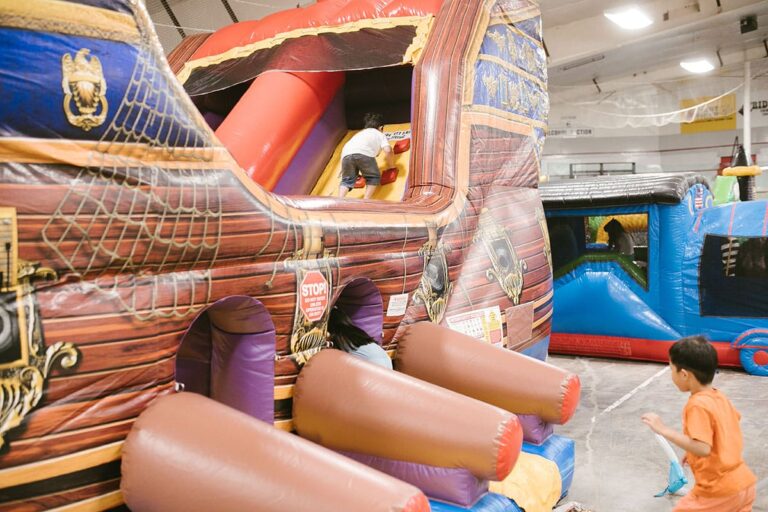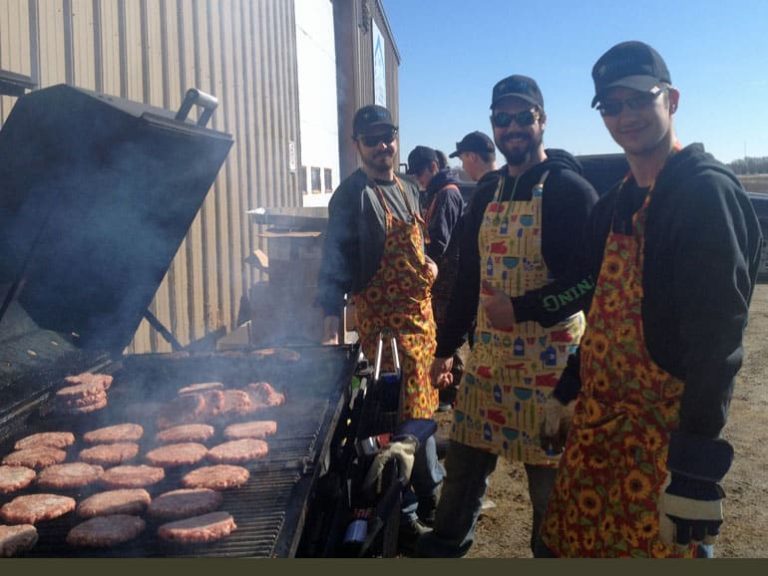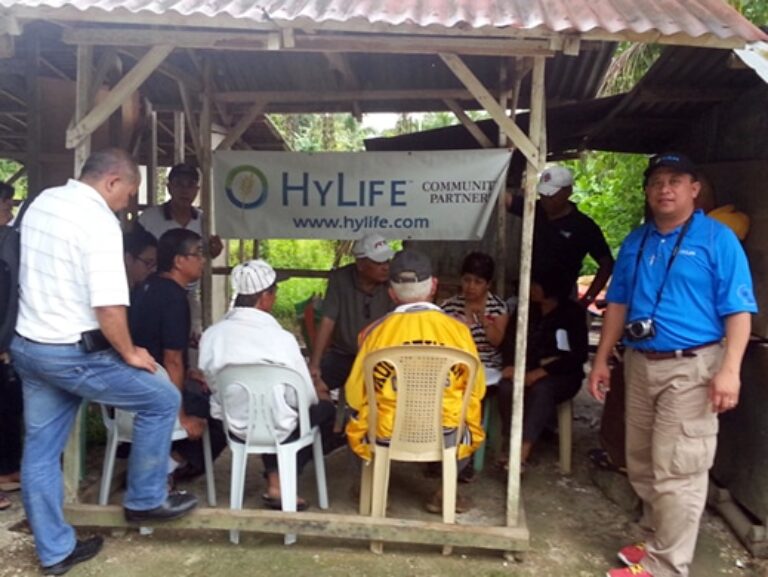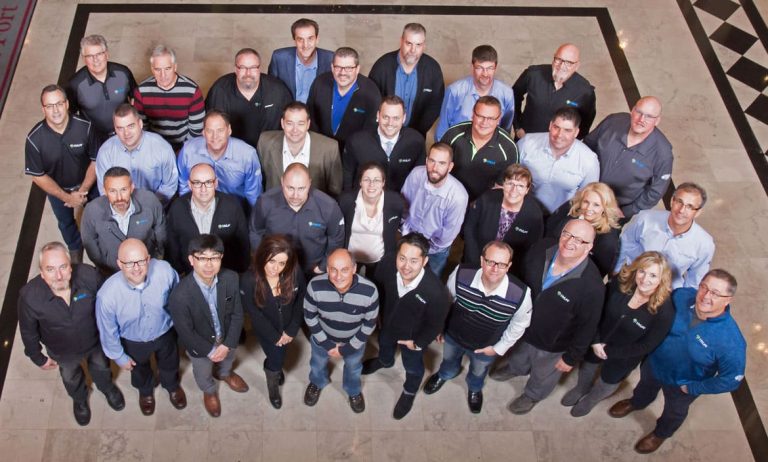Supporting the Canadian Deaf Curling Program
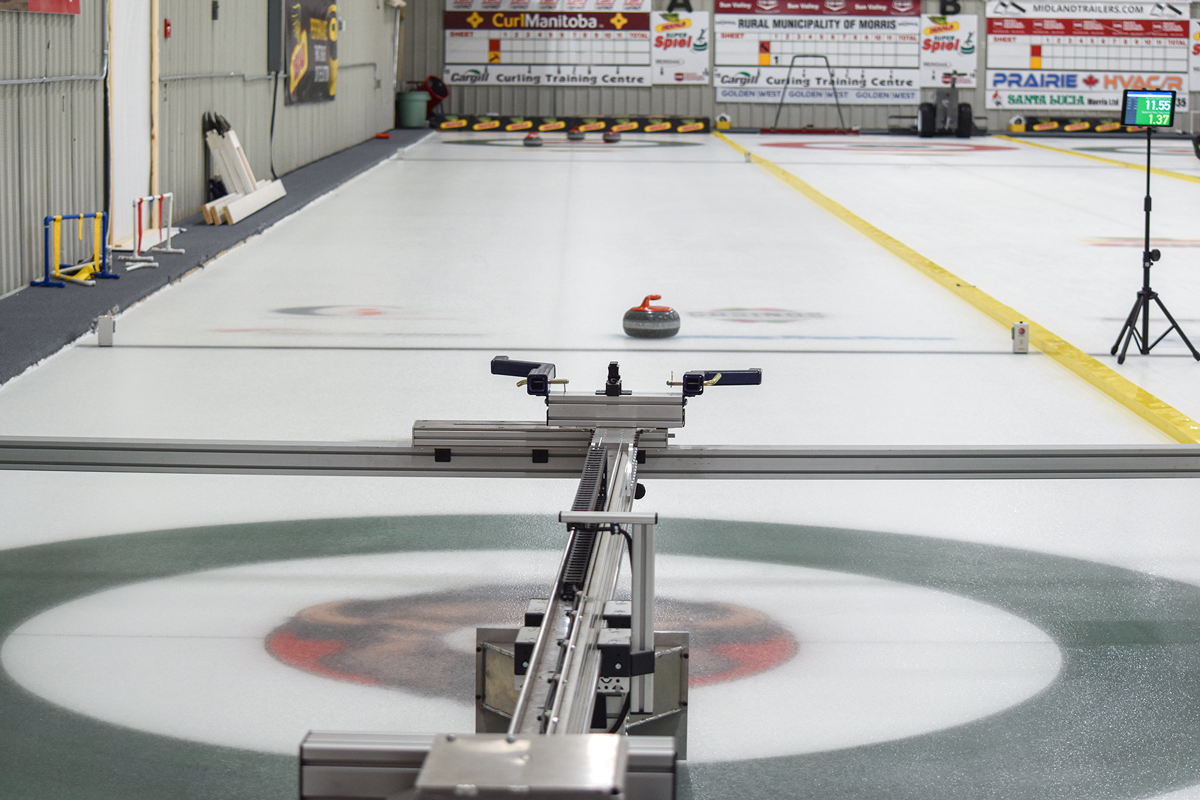
Last winter, HyLife contributed $5,000 to the newly formed Canadian Deaf Curling Program (CDCP) at the Morris Curling Club in Morris, MB. The CDCP, run by Olympic curling coaches Chris and Lorne Hamblin out of the Cargill Curling Training Centre and in partnership with the Canadian Deaf Sport Association (CDSA), allows national teams to train for international competitions such as the Deaflympics. The CDCP also provides opportunities for beginner deaf curlers and coaches through introductory clinics, camps, apprenticeships, and American Sign Language (ASL) or Langue des Signes Québécoise (LSQ) courses.
“We’ve grown to appreciate the deaf community’s difficulties. People don’t recognize them as having a disability until they try to communicate with them; most disabilities are visual”, says Chris Hamblin. “We are excited about sharing our love of curling with a broad sector of the deaf and hard of hearing community.”
The Hamblins are no strangers to high-performance training, having coached national and Olympic programs around the world. Their expertise, coupled with the specialized equipment in the facility, offers a unique and accessible opportunity for the deaf community to not only learn the game of curling, but to excel at it through the use of visual aids.
“When coaching deaf curlers, communication while they’re throwing a rock is difficult, because they have to look away to see what their interpreter is signing”, Lorne Hamblin explains. “This spring, we offered an ASL course to try to get local volunteers involved with the CDCP. We’d hoped to get 10 people registered from the community, and we ended up getting 48!”
This summer, the Centre and CDSA hosted the inaugural Canadian Deaf Funspiel, which brought 64 athletes of various skill levels to Morris from across Canada. They were able to compete and participate in training exercises, namely a rock-throwing exercise where curlers slide in front of a camera and laser guide and receive instant feedback in front of a video screen.
“It’s a great way to teach” says Chris Hamblin. “If the laser isn’t on the centre of the rock, we can show them on the screen what they’re doing wrong and what will happen to the throw. When they throw the perfect rock, we can emphasize step-by-step what they did right. With video examples, you’re not relying on verbal communication; you have a visual tool to bridge that gap and not only be more efficient, but more accessible as well.”
While national competitive teams benefit from advanced training in the CDCP, many curlers enter it at the novice or beginner level. To quickly teach fundamentals like curl, rock rotation, and ice behaviour, a one-of-a-kind rock throwing machine was commissioned and successfully engineered. The physics of curling have long been theory and not fact, so Lorne Hamblin explains that “this machine was a response to prove the science behind understanding why curling rocks do what they do, when they do.”
By throwing multiple rocks with the exact same speed, rotation, and aim, the Hamblins are able to immediately explain the factors that affect rock distance and curl because the main variable, the delivery of the rock, has been made a constant. They can do this through captured measurements, including exact distances captured by an overhead camera and measuring tape frozen into the far hog line. This also allows them to illustrate the impact sweeping has on the behaviour of a rock – a revelation in the curling world that has been discussed on the international stage.
Going forward, the CDSA and the Morris curling community would like to extend an invitation to anyone who is deaf or hard of hearing to take part in the CDCP. If you know someone who is part of this disabled community, we encourage you to motivate them to contact Chris or Lorne Hamblin at:
